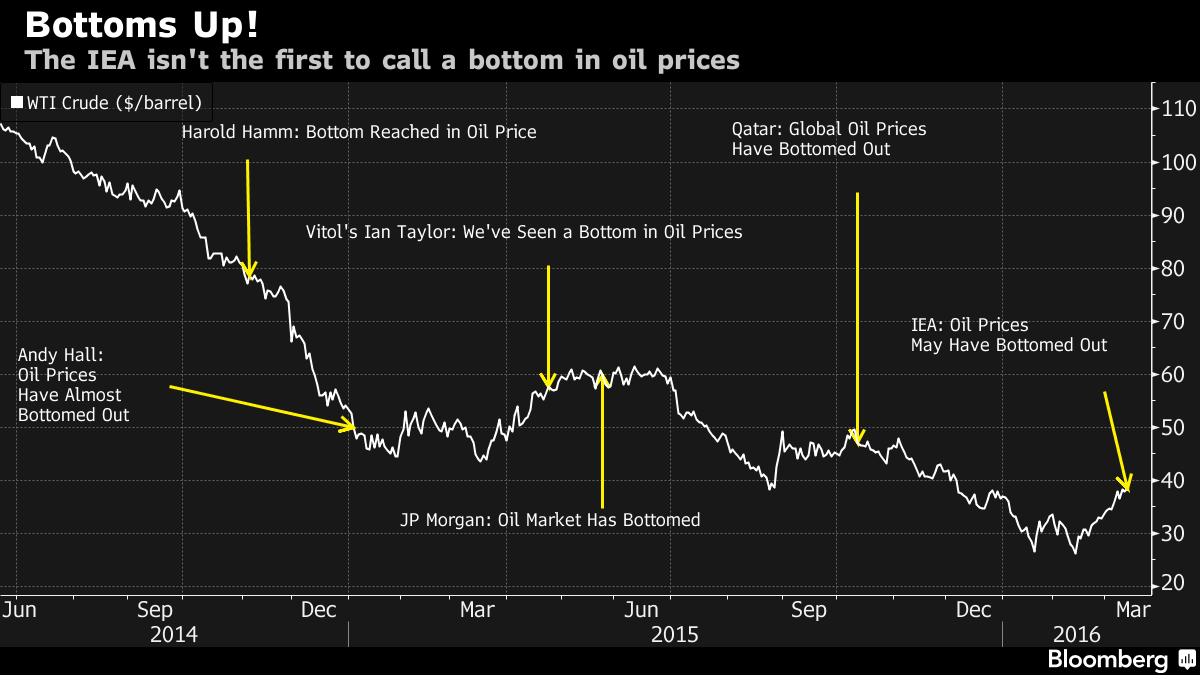As U.S. shale drillers suffer, even the bankrupt keep pumping oil
(Reuters) A pump jack stands idle in Dewitt County, Texas January 13, 2016. As oil prices nosedived by two-thirds since 2014, a belief took hold in global energy markets that for prices to recover, many U.S. shale producers would first have to falter to allow markets to rebalance.
With U.S. oil prices now trading below $40 a barrel, the corporate casualties are already mounting. More than 50 North American oil and gas producers have entered bankruptcy since early 2015, according to a Reuters review of regulatory filings and other data. While those firms account for only about 1 percent of U.S. output, based on the analysis, that count is expected to rise.






